Once a firm chooses an ITAM platform that will work for its specific objectives, processes, and assets, the next step is implementing the program into their business. It is important that management takes the set-up seriously, as it will either ensure success (think organized, efficient, profitable, invaluable) or defeat (disorganization, inefficient, inaccuracy, non-inclusive). Follow along to learn how to get this crucial stage right.
1. Create an IT Asset Management Strategy
An ITAM program can help you keep track of all assets and provide accurate, up-to-date information about your assets. Yet, an ITAM strategy is critical to taking full advantage of the advanced platform and its automated processes. After all, your IT department and managing team need to:
- Log all the hardware, software, accessories, components, consumables, and software licenses.
- Set up notifications for check-ins, check-outs, minimum quantities, maximum quantities, renewal due dates, over-due dates, return dates, audit dates, and other updates.
- Verify all automated processes are onboard and feeding information properly.
- Keep an eye on useful information for better usage and cost management, business or work flow, and security
An ITAM strategy that clearly defines goals, regular tasks and frequency, authorized decision-makers, automatic decision-making protocols, and report generation can help your team use the program efficiently. It can also ensure everyone understands how the program should be used and why it is being used, a key component in proper ITAM.
2. Perform Well-Rounded Training
Your firm may have performed trial tests with various ITAM software before selecting an excellent fit. The team who performed the tests is likely the most educated about the program. Allow them to develop a training course, manual, and schedule for the rest of the department/users. Keep in mind that it is not only IT professionals who will interact with the platform and its information, so neutral language and thorough training may be necessary.
Additionally, training may be an ongoing endeavor. Technology changes, and ITAM software must adapt to new types of assets, elements, and objectives. As developers update their software, it may be necessary to learn and provide training on the new features or processes. Developing a work environment that supports ongoing education and open communication can help make sure this happens when it should.
3. Pay Careful Attention to the Inventory
The best ITAM program will have multiple categories for your IT assets. Still, it will also provide the option for customization if necessary. It is essential to ensure all types, labels, and critical properties are set up correctly before logging any inventory.
There should be various ways to log inventory, which will not only make the initial task easier but future instances of new assets:
- Creating new assets and filling out the descriptions manually
- Importing assets and asset data from a file
- Bringing in assets and asset data from integrated programs
It is also critical to ensure you have included processes within your new ITAM strategy accounting for;
- Logging new assets
- Detecting duplicate assets
- Discovering underutilized or unused assets
- Circulating old or invaluable assets out of inventory (accounting for all the different ways they can be disposed)
In this way, you can always trust your current inventory is accurate.
4. Track Asset Life Cycles
IT Asset life cycles are one of the main focuses in any excellent ITAM strategy. Accordingly, when implementing your ITAM platform, depicting where an asset is in its lifecycle should be one of your priorities. Each asset’s description should contain notes about its current status. It should be updated immediately with the status change, date and time, authorized user, and reason whenever this status changes.
In some cases, management will need to make decisions about assets to phase them out or replace them. In these cases, reports about their properties, usage, costs, and status changes can be generated and sent to the decision-makers.
5. Ensure Vital Information Gets To the Right Place
Some assets and elements can be monitored by authorized users, since the decisions can be anticipated and even automated. Common instances include:
- Employee offboarding. Software, database, and Cloud access and authorizations can be revoked. Hardware can be wiped or reset.
- Cloud software downtime. Shutting off certain applications during downtime.
- Booking equipment. Scheduling hardware and accessories for new employees, replacements, or meetings/rooms.
Other types of data need to be provided regularly to management, different departments, key stakeholders, or investors. In these cases, it should be clearly planned and expressed which data should be included in reports, how often it needs to be generated, and who it should be sent to.
6. Be Proactive
Many firms in trouble with their current ITAM or lack thereof should start with an internal IT audit. Ideally, this should be performed before you select your ITAM program or develop your ITAM strategy, since the report will inform you of your current systems, policies, assets, and data. However, if you still need to start with an internal audit, now is an excellent time.
An internal audit will not only help you understand your current issues and inefficiencies, allowing you to solve them with proper ITAM. It also gives you an excellent launch point for being proactive with your ITAM platform. You can develop smarter objectives, design better processes, and utilize automated features like scheduling and notifications. These practices will help you avoid overly-expensive bills, enhance productivity, and stay compliant.
7. Stay Audit Ready
When implementing ITAM software, your natural focus will be to set up processes and promote features that help your IT department and overall business run better. Yet, it is worth it to consider potential external audits and compliance reports. If you are ever audited, you want to have all your relevant information ready to go. Monitoring the right details, continuously updating elements, automating features that ensure security, and scheduling regular report generation can all help you be ready in the event of an audit. Likewise, it enables you to come out the other side clean and compliant.
This Ebook provides a comprehensive overview of IT Asset Management, its benefits, and common challenges faced by organizations. We will also explore how to implement IT Asset Management using Jira, a popular project management tool, and best practices for managing IT assets.




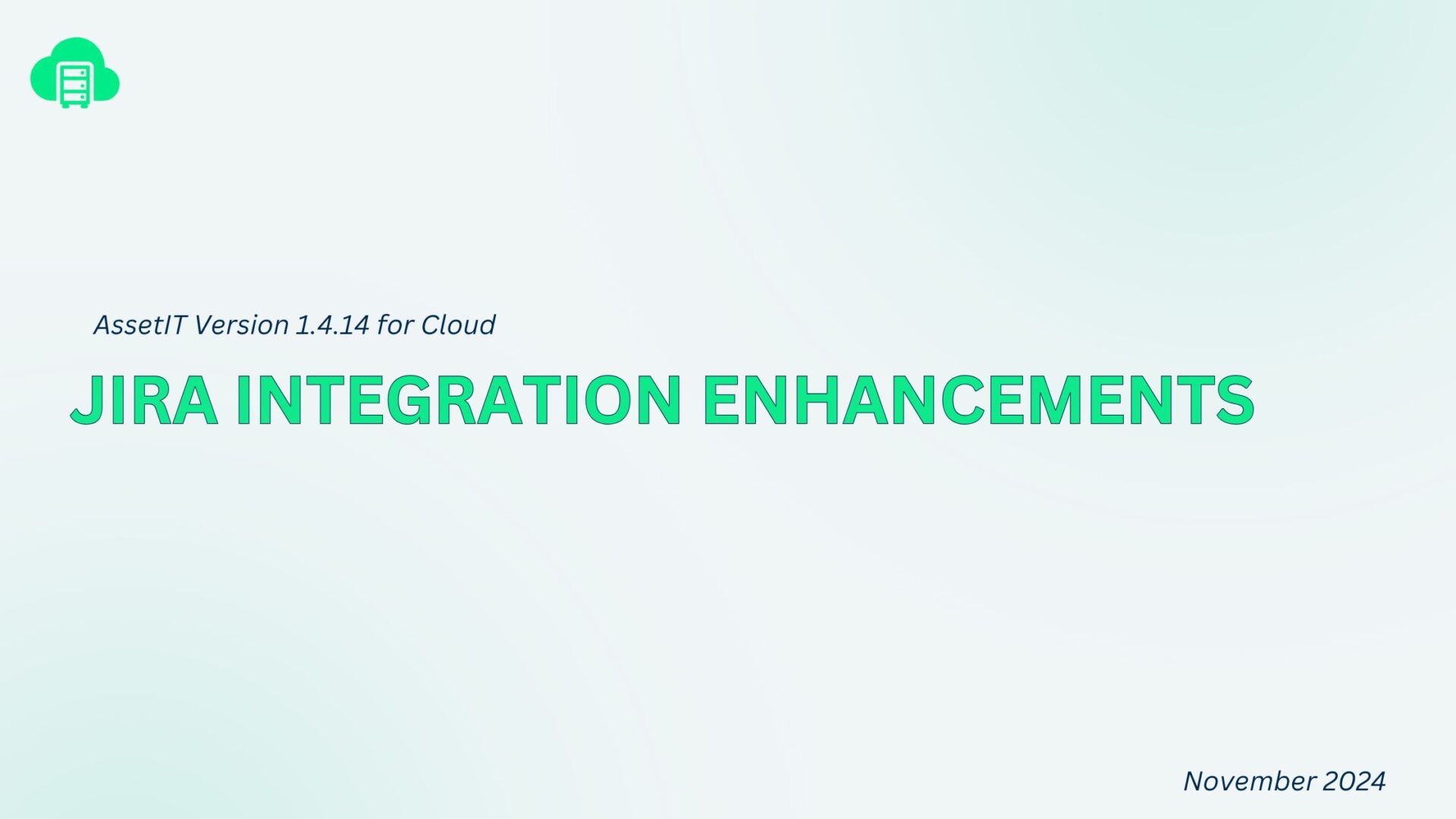
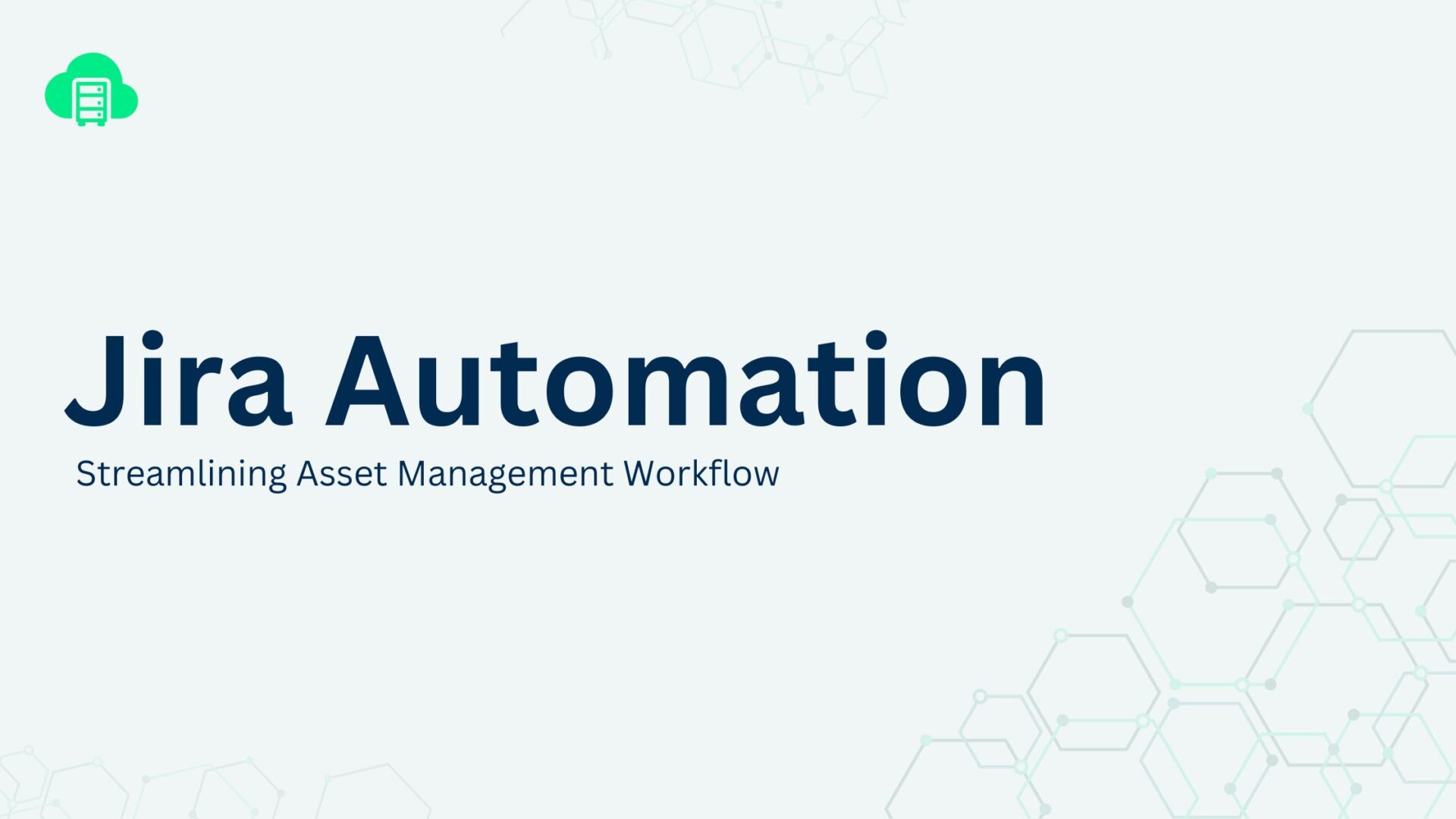
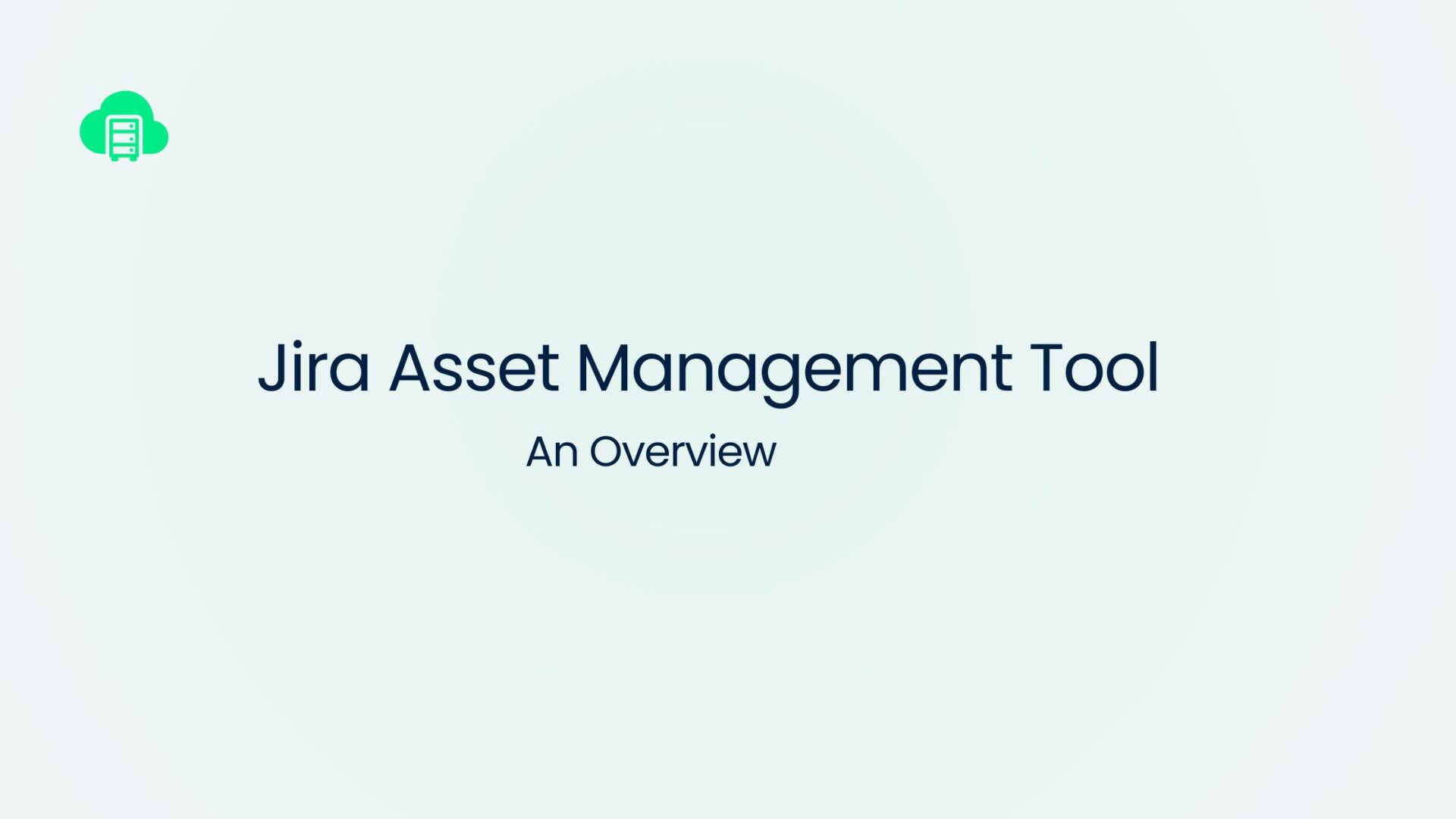

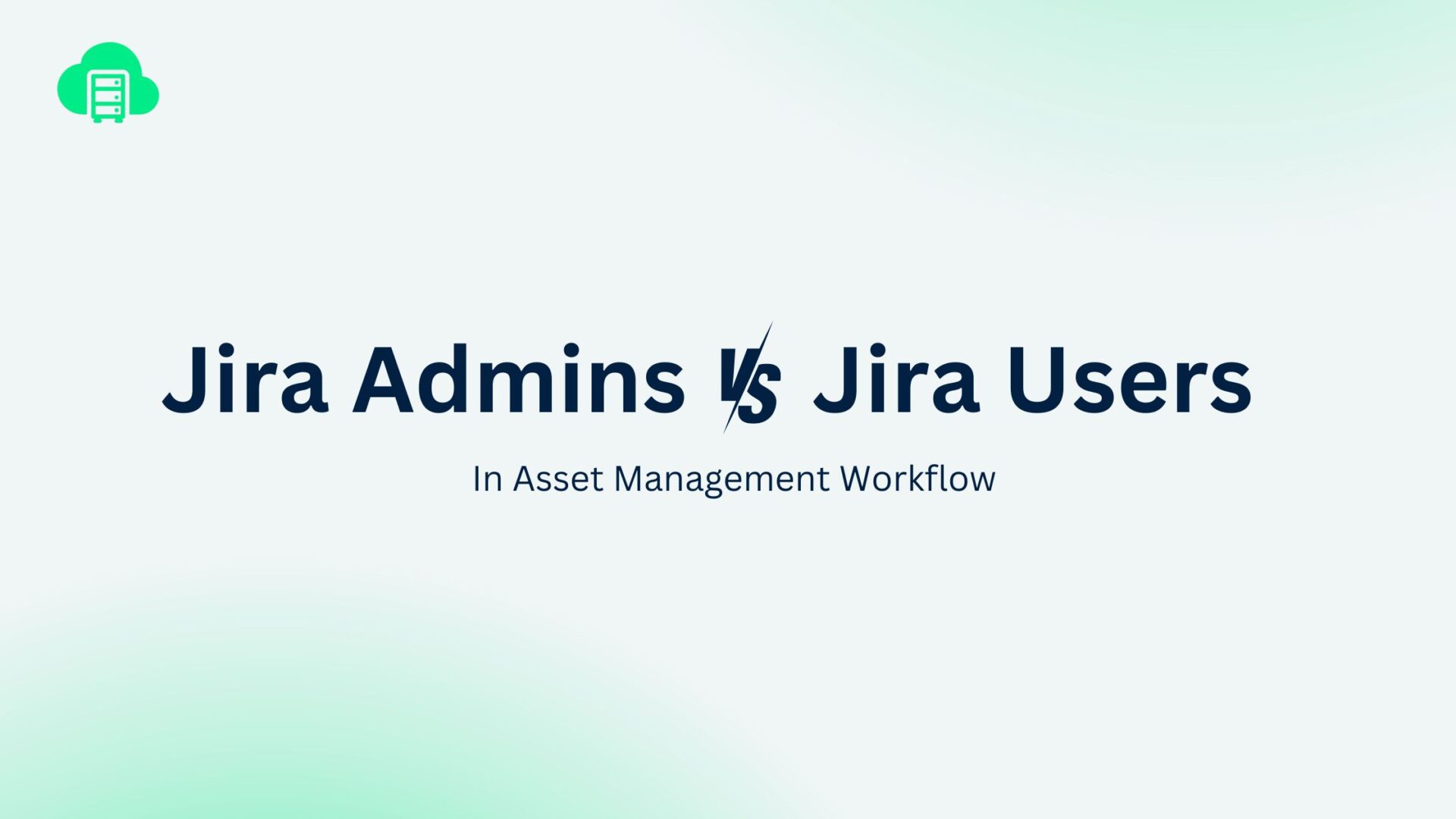
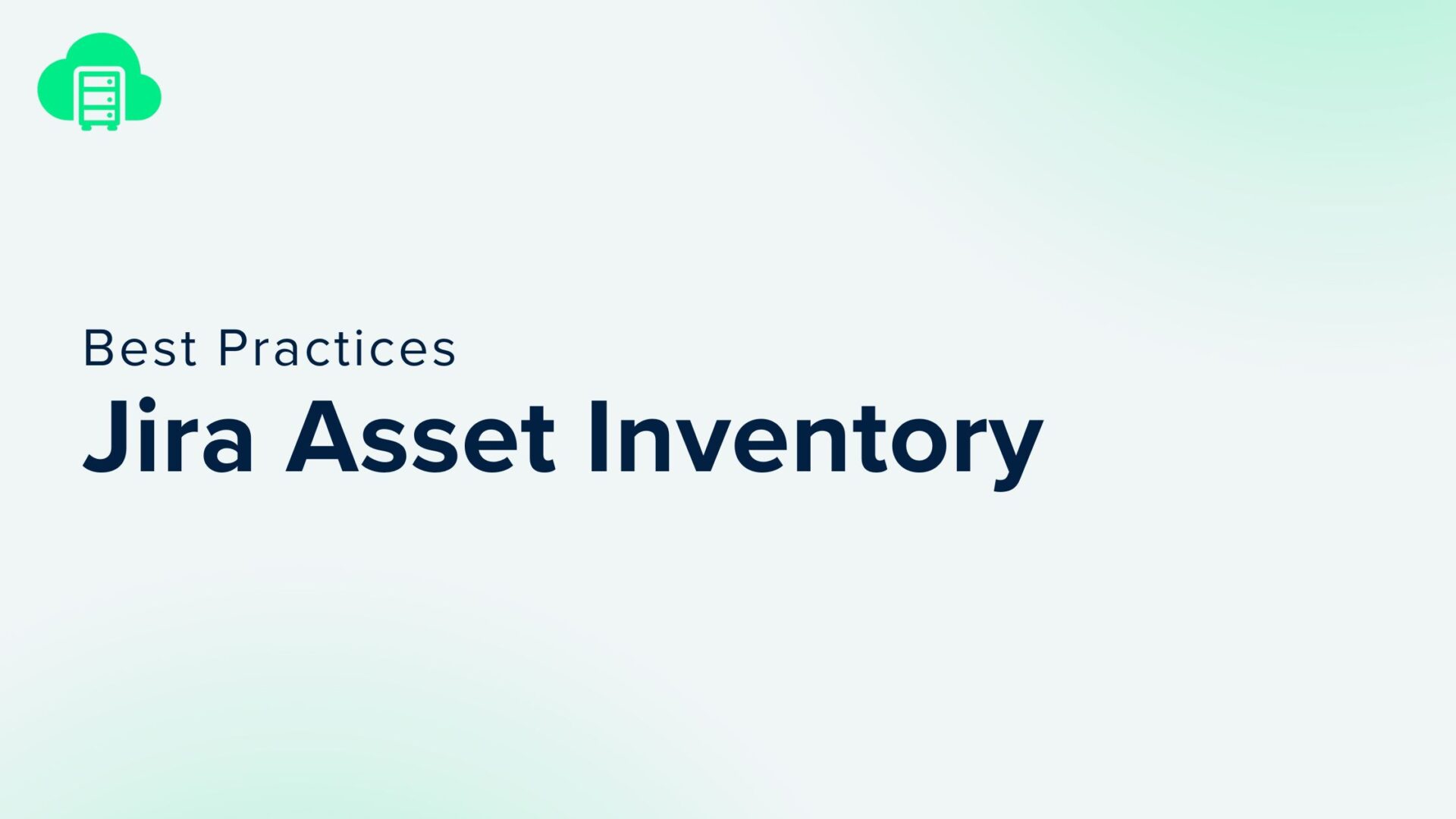
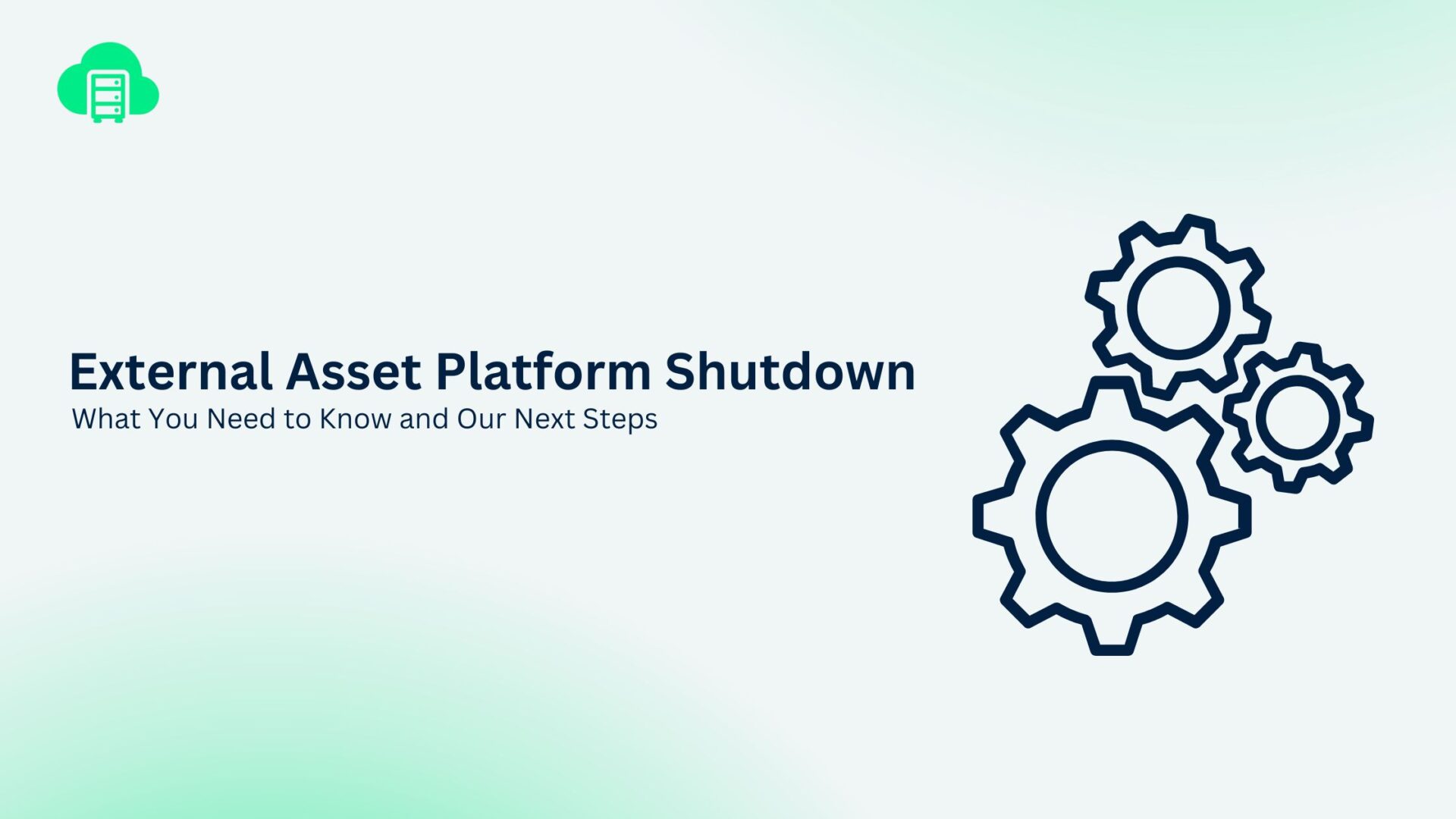
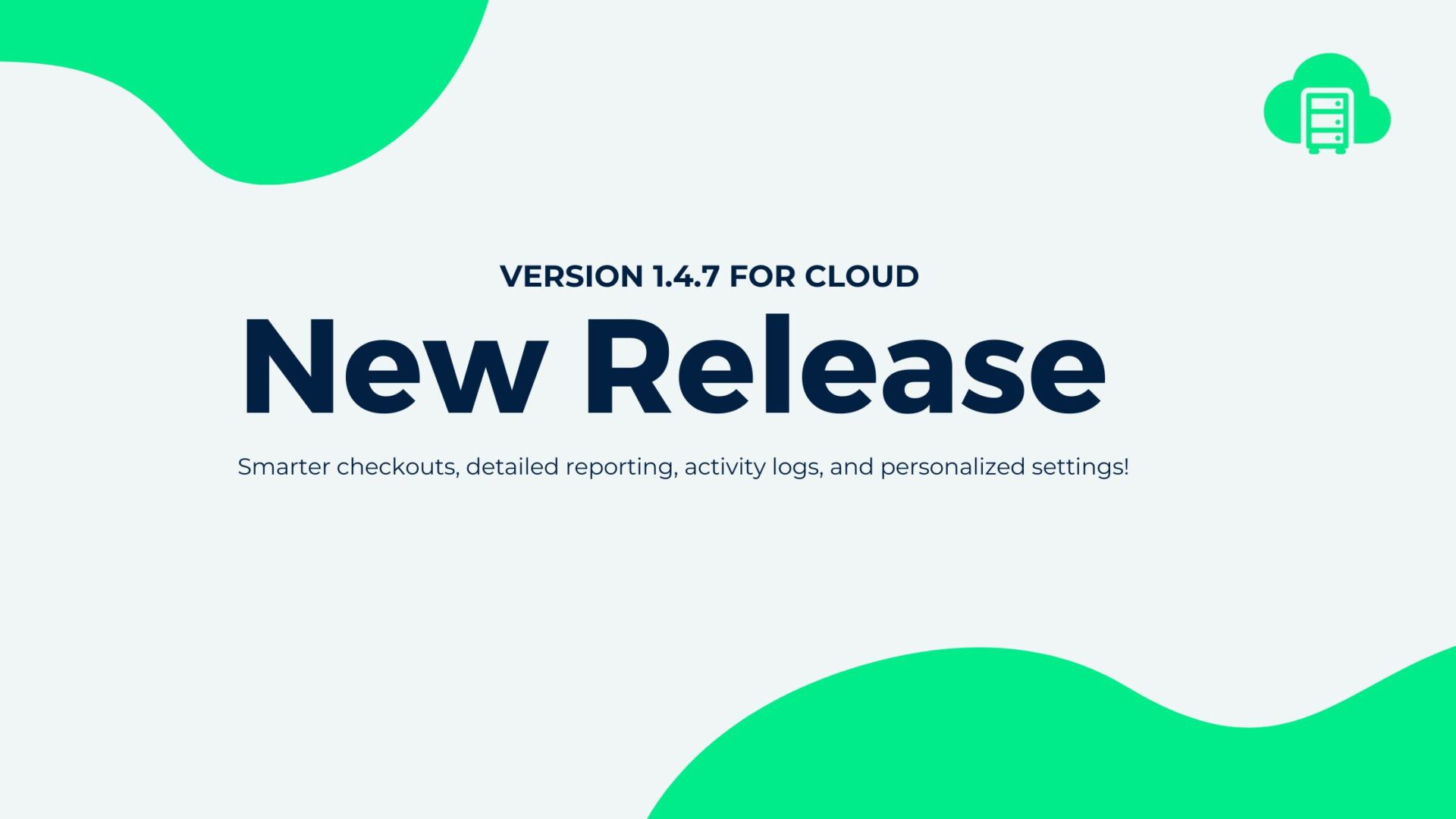
Recent Comments